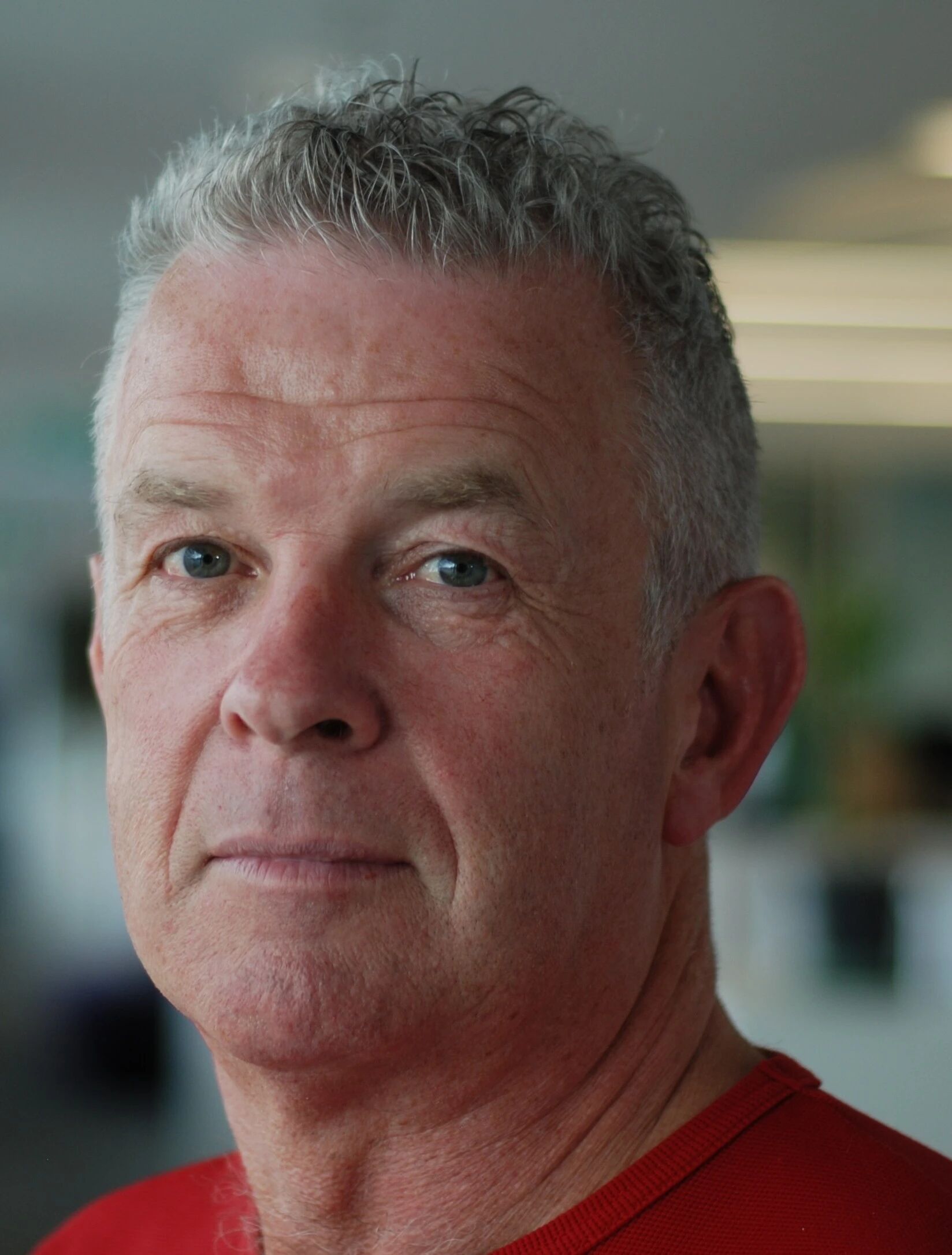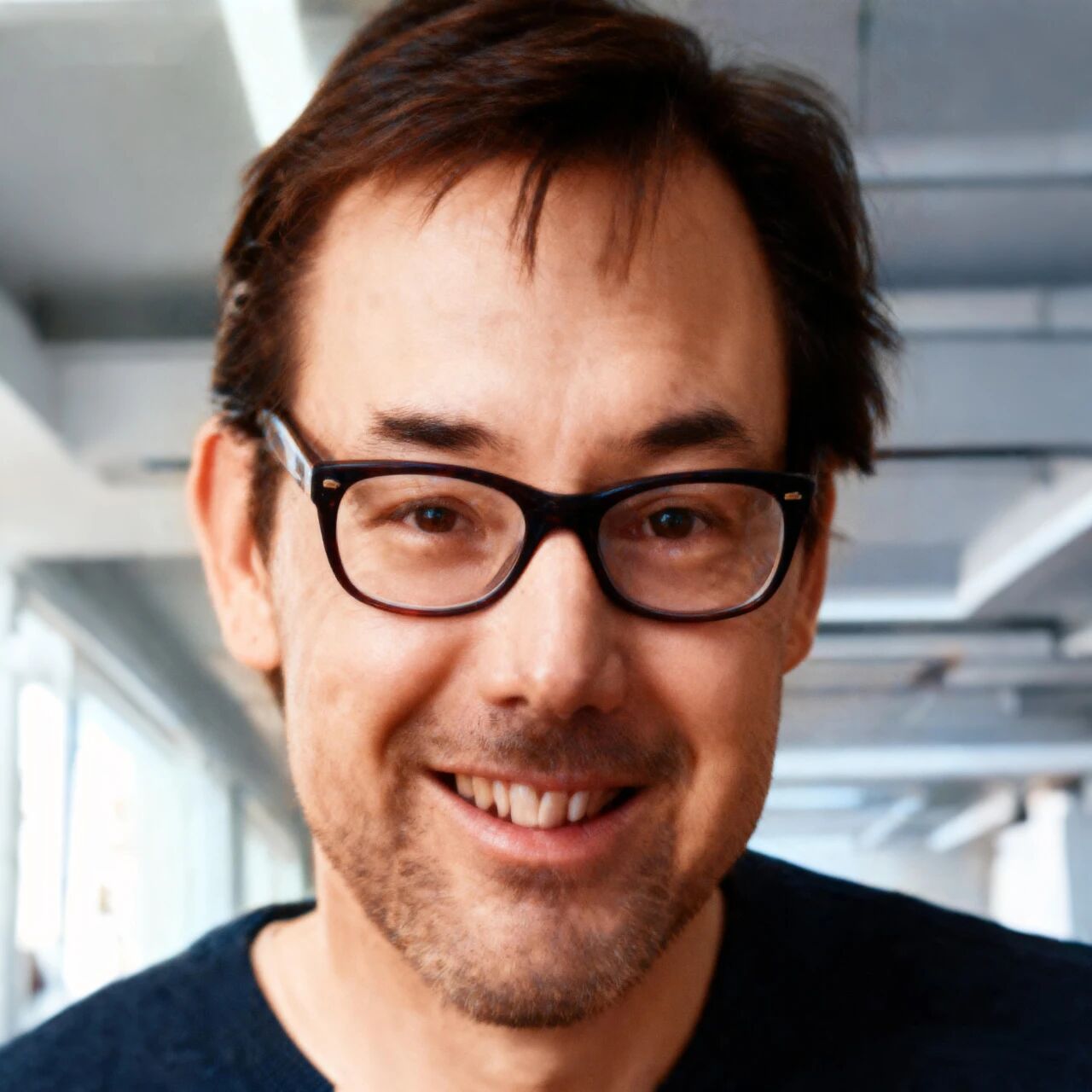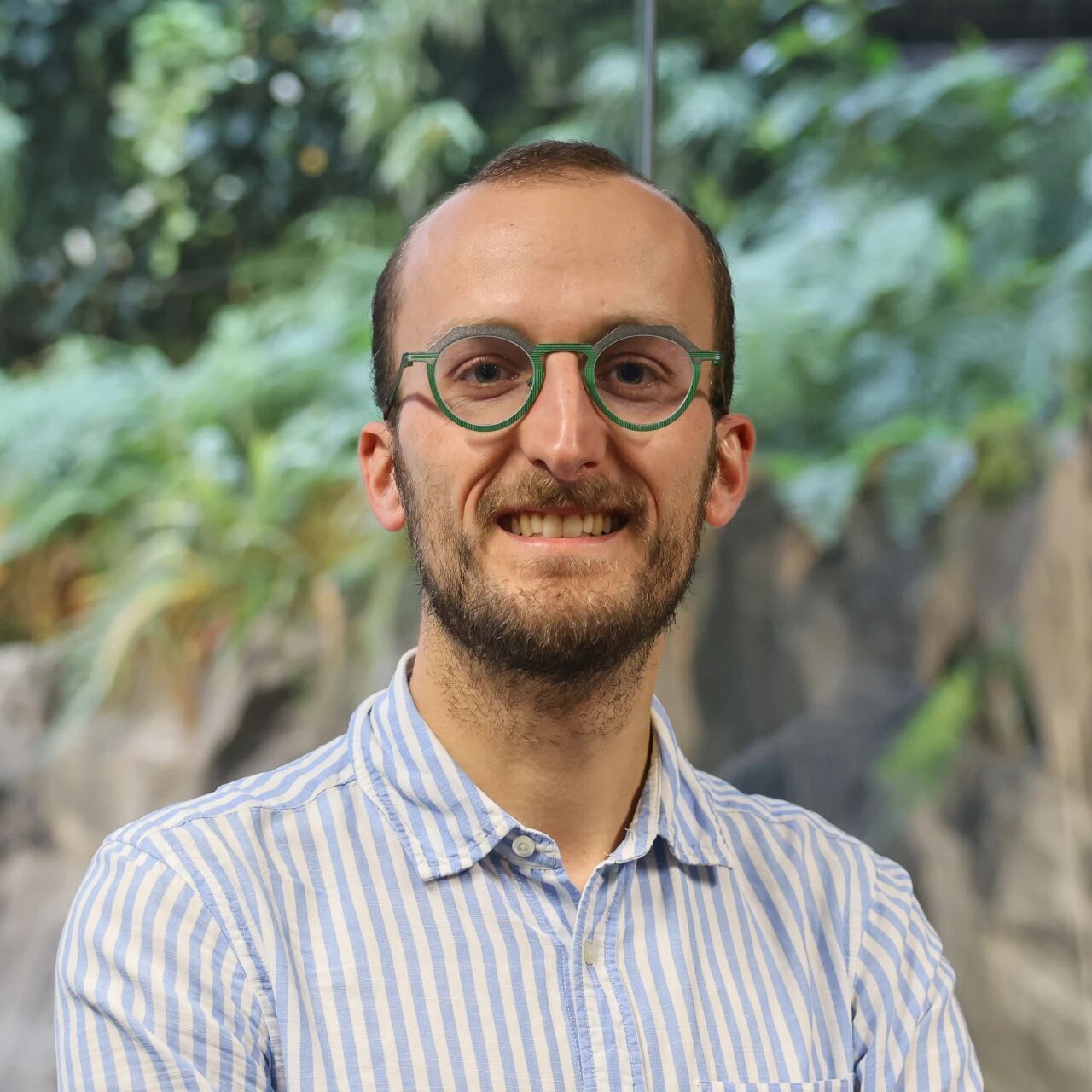The Biological Carbon Pump (BCP) is a critical process for oceanic carbon sequestration, traditionally attributed to the gravitational settling of organic particles. However, emerging evidence reveals significant contributions from diverse particle injection pumps—both physical (e.g., eddy-subduction, mixed-layer pumping) and biological (e.g., migrant, lipid pumps)—that inject suspended and sinking particles to depth. These mechanisms, collectively comparable in magnitude to the biological gravitational pump, challenge one-dimensional views and are inadequately quantified by traditional methods. Enhanced biogeochemical ARGO (BGC-Argo) floats are pivotal for exploring these multi-faceted pumps, providing high-resolution, four-dimensional data on particle fields, export fluxes, and transformation processes. By enabling detailed characterization of particle injection pump mechanisms, their spatial and temporal variability, and sequestration efficiency, BGC-Argo floats are transforming our understanding of the BCP, helping to close mesopelagic carbon budget imbalances and refine global climate projections.
Time: 16:00 – 17:00 Beijing Time (UTC+8), September 25, 2025
Zoom Link: https://us02web.zoom.us/j/87946730434
Zoom Code: 202509
KouShare Link: https://www.koushare.com/live/details/46357
Keynote Speaker: Philip Wallace Boyd

Professor Philip Wallace Boyd completed his Bachelor of Science with Joint Honours in Oceanography and Marine Biology at the University College of North Wales (1984) and his Doctor of Philosophy in Marine Microbial Ecology at Queen's University of Belfast (1990). His research focuses on marine biogeochemistry, exploring the responses of ocean planktonic ecosystems to climate change and multiple environmental drivers, with emphasis on large-scale iron fertilization and carbon dioxide removal technologies. By integrating field experiments, international research voyages, and interdisciplinary workshops, he investigates how biogeochemical processes influence and mitigate climate change. A highly influential researcher, his academic contributions are reflected in an extensive publication record, including leading articles in premier journals such as Science and Nature. His work has been recognized with numerous prestigious awards, including the ASLO John Martin Award, the ASLO Hutchinson Award, the A.G. Huntsman Award, and an Australian Research Council Laureate Fellowship. He is an elected Fellow of several esteemed societies, including the Royal Society, the American Geophysical Union, and the Association for the Society of Limnology and Oceanography.
Panel Members: Adrian Martin, Jakob Weis

Adrian Martin
Dr Adrian Martin is a researcher at the National Oceanography Centre, UK. He is the Champion for BIO-Carbon, a strategic programme funded by the UK’s Natural Environment Research Council to address gaps in our knowledge of how marine life helps store carbon in the ocean, and has taken a significant role in a variety of other national and international projects exploring this topic. He is also lead coordinator for the Joint Exploration of the Twilight Zone Ocean Network (JETZON) which is an endorsed programme of the UN Ocean Decade. The ocean’s Twilight Zone is a key component in the global carbon cycle. The aim of JETZON is to provide the scientific understanding necessary to inform a sustainable approach to the management and conservation of the Twilight Zone ecosystem.

Jakob Weis
Dr. Jakob Weis completed his Ph.D. (2024) in Biological Oceanography and is currently a Postdoctoral Research Associate at the Institute for Marine and Antarctic Studies (IMAS), University of Tasmania. His research specializes in biogeochemistry, nutrient cycling, and phytoplankton dynamics, with a geographic focus on the Southern Ocean and East Antarctic coastal polynyas. His work aims to understand the connections between iron supply, phytoplankton physiology, and primary productivity, utilizing bio-optical observations from autonomous platforms such as animal-borne sensors, BGC-Argo floats, and ocean colour satellites. Dr. Weis’s research on atmospheric iron fertilization by dust and wildfires has been published in high-impact journals including Nature and Geophysical Research Letters. He has been recognized with several awards, including the AccelNet BioGeoSCAPES Fellowship and the IMAS Outstanding PhD Thesis Prize.
Semiar Review
Post your questions to the keynote speaker and panel members:once.secretariat@outlook.com